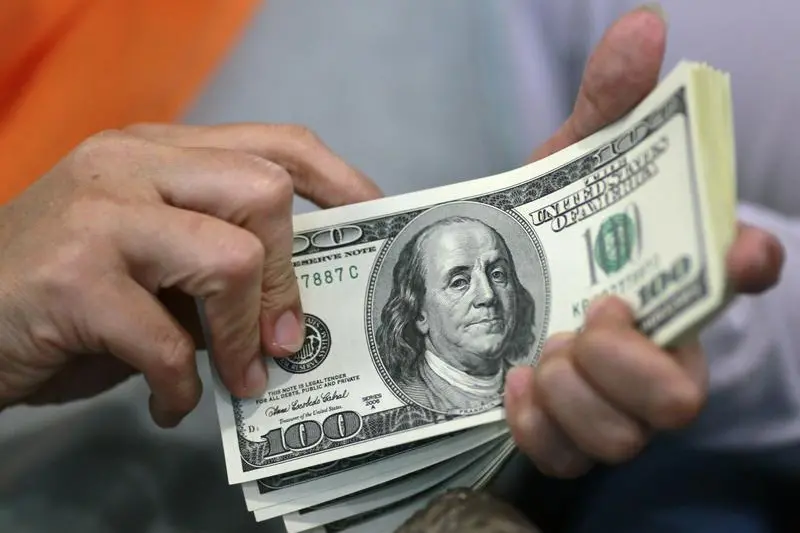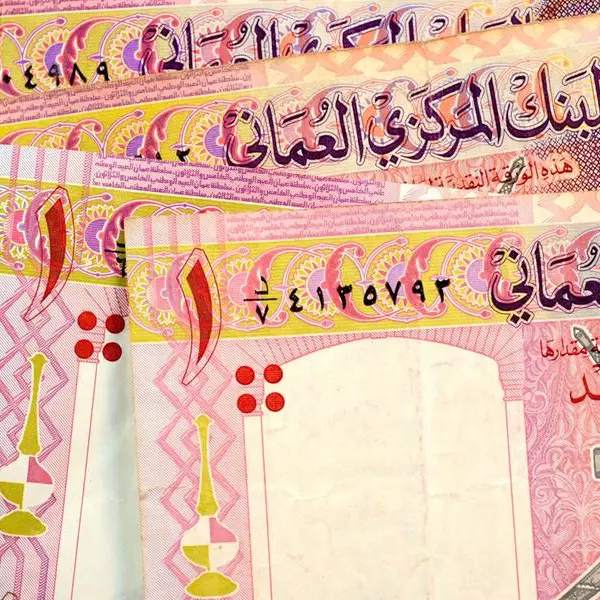PHOTO
SINGAPORE: The dollar languished near a multi-week low on Tuesday as fears of a broader systemic crisis following the collapse of a U.S. tech-focused lender left traders speculating that the Federal Reserve could pause its aggressive rate-hiking cycle.
Market jitters continued to set the tone for a second straight trading day in the wake of the sudden collapse of Silicon Valley Bank (SVB) and Signature Bank, although U.S. President Joe Biden on Monday vowed to take action to ensure the safety of the U.S. banking system.
Over the weekend, U.S. authorities launched emergency measures to shore up banking confidence.
The fallout sent traders scaling back their bets on how much further the Fed would continue raising interest rates, sparking a sharp rally in Fed funds futures and sending the U.S. dollar tumbling.
The greenback was nursing deep losses from the previous session in early Asia trade, and was last marginally higher against the Japanese yen at 133.42, having slid 1.4% on Monday.
Similarly, sterling edged 0.19% lower to $1.2159, though it remained near its one-month peak of $1.2200 hit in the previous session. The euro fell 0.09% to $1.0719, but was likewise not far from Monday's one-month top of $1.07485.
The collapse of SVB - the largest bank failure since the 2008 financial crisis - has highlighted whether the Fed's rate increases, which took rates from near zero percent a year ago to more than 4.5% at present, had exposed cracks among key players within one of the world's largest and most heavily interconnected banking sectors.
"The SVB crisis highlights the fact that ... when you lift interest rates by quite a lot, you usually find out there's a few people swimming naked," said Rodrigo Catril, senior currency strategist at National Australia Bank.
"And that argument applies not just to the U.S., but around the globe ... Regardless of the fact that the authorities in the U.S. have provided that security assurance that depositors will be ok, investors don't know if they're going to be ok, and therefore they're running for the door."
Market pricing now shows a 31% chance that the Fed would keep rates on hold at its policy meeting next week, with rate cuts expected as early as June and through the end of the year.
The Fed's rate hikes and expectations of how much higher U.S. rates would go have been a huge driver of the dollar's rally.
Against a basket of currencies, the U.S. dollar index rose 0.09% to 103.77, after sliding 0.9% on Monday and hitting a one-month low of 103.47.
The Aussie fell 0.29% to $0.6648, reversing some of its 1.3% jump in the previous session, while the kiwi shed 0.18% to stand at $0.6209, having similarly surged 1.4% on Monday.
A key U.S. inflation report is due later on Tuesday, which could add to the Fed's conundrum on whether it should stay on its rate-hike path to tame persistent price pressures, or to hold back on tightening monetary policy further to give the banking system some breathing space.
Goldman Sachs' analysts on Sunday said they no longer expect the Fed to deliver a rate hike at its March 22 meeting in light of the recent stress.
"Rather than proceeding with more monetary tightening ... the Fed finds itself in a terrible bind," said Eric Vanraes, a portfolio manager at Eric Sturdza Investments. "It is highly probable that there will be no 50-basis-point increase in Fed funds on 22 March.
"Longer term, the tremors in the U.S. banking system in recent days should kill off the Fed's restrictive monetary policy of large rate hikes."
(Reporting by Rae Wee; Editing by Stephen Coates)





















